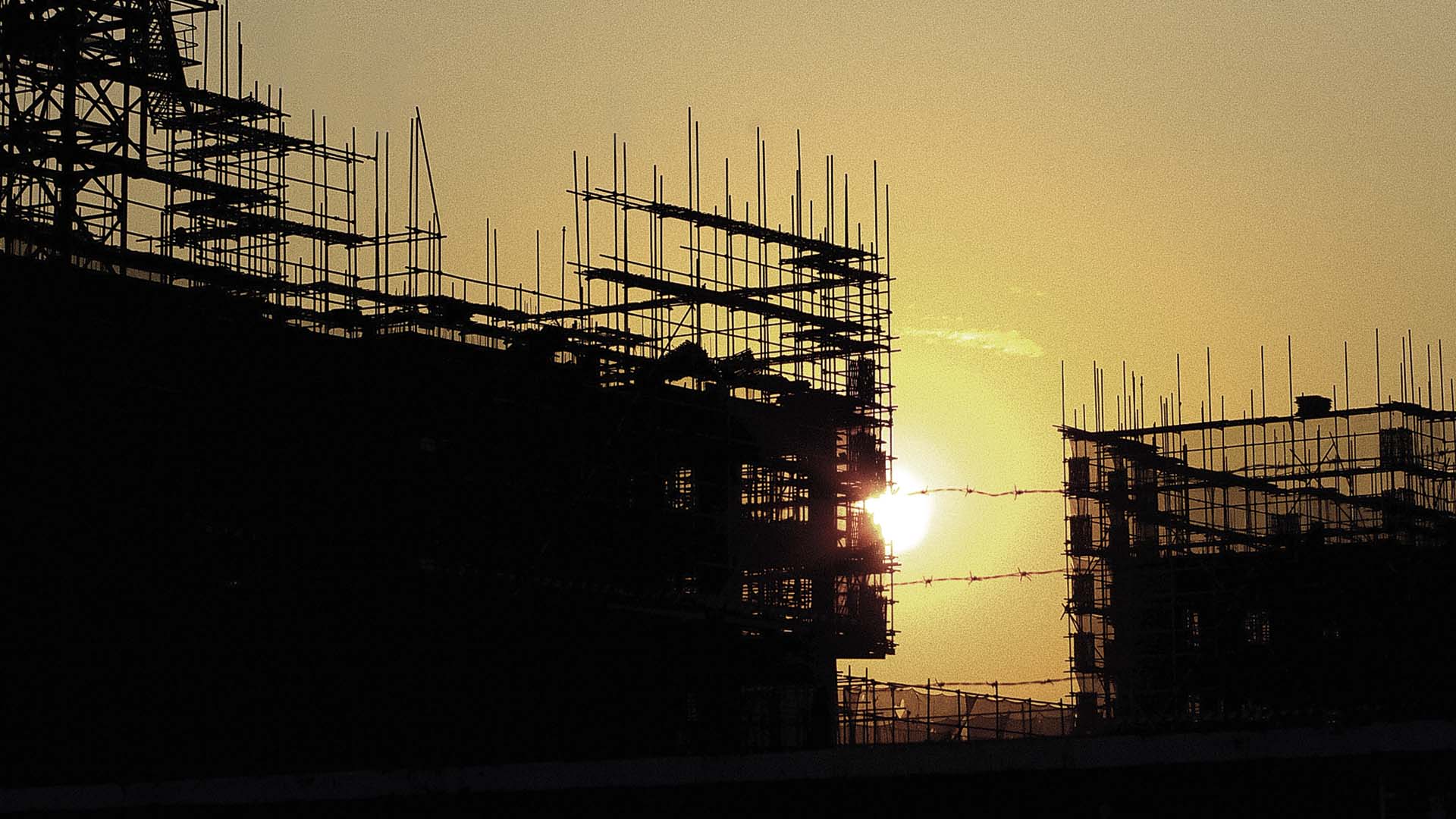A reformed India gains ground
View PDF
With his innovative reforms, Modi has created optimism and belief in progress amongst the public – not least because he has shown an impressive ability to implement his programs while at the same time gradually cutting down on corruption in the country.
Growth in the Indian housing sector
Modi has won the votes of the public on the vision of building a home for everyone in India, where about 1/3 of the population, i.e. 400 million people or about 80 million families, do not have a proper place to live. With his slogan ”Housing for all” and the reform “Affordable housing”, the plan is to build 50 million new subsidised homes by the end of 2023 – 30 million homes in rural areas and 20 million homes in urban areas. Although one might question whether 2023 is an achievable timeframe, a project this size will create great growth opportunities in sectors within contracting, building and construction and other related sectors.
Another example of a reform that supports growth in the Indian housing sector, is the new Act relating to property development in the private housing market, which in India is characterised by project sales i.e. customers buying a house before it is built. This model has prepared the ground for a different kind of asset stripping, as the property owner is able to get away with the money before the building is completed. Today, in order to restore buyers’ trust in the sector, it is provided by Statute that 70 pct. of the purchase price in project sales must be deposited in a secured bank account. If transfer of the property is delayed, the property owner must pay up to 20 pct. of the value to the buyer. Thus, the demand for properties in the non-subsidised housing market has increased, and furthermore has created a wave of consolidation as corruption is reduced, and the remaining property companies are now receiving all the orders that was earlier handled by corrupt property owners.
Modi has also introduced The Insolvency and Bankruptcy Code to help failing companies wind up faster. Earlier, it could take up to six years before a bank could collect a debt. Today, the process takes nine months and the responsibility for bankruptcies has moved from the commercial banks to the central bank. The procedure time is reduced as founders of failing companies no longer can delay the bankruptcy process by suing their financial advisers for having filed a bankruptcy petition or for having received a wrong price for the company assets at a potential liquidity sale. Out of fear of getting personally sued, many Indians in the financial sector have been careful about filing their legitimate bankruptcy petitions. Today, The Insolvency and Bankruptcy Code has helped clean up banks’ balance sheets, while provisions have peaked so the sector is again able to lend to companies with economically viable investments.
Registration of persons pays off
Another significant reason for cutting corruption is the UID (Unic Identification Document) – a personal identification card including picture, fingerprints and iris recognition. Although this is not Modi’s idea, the ID card has been introduced during his presidency and is used to identify and secure that it is the “right” person who wishes to take out a loan or receive social benefits. As of now, about 1.2 billion Indians have been registered and so far in the process, about 30,000 false identities have been found acting as front men, misappropriating both public and private funds. Another approach is Modi’s reform ”Financial Inclusion”, including ”Direct Benefit Transfer”, which means that at least one adult in a family must have a bank account attached to the UID card. If you are receiving social benefits, the amount is transferred directly to this account. Once the money is withdrawn from the account, the bank controls the ID card. This action alone is expected to bring savings of about 0.5 pct. of annual GNP – money that had otherwise been lost, as well as being a significant amount in relation to the country’s budget deficit of 3.5 pct. of GNP.
Improved VAT registration increases economic growth
Probably the most important reform since India’s independence in 1949, is the GST (General Sales Tax) – a new VAT system that coordinates all levy rates and standardises the registration systems. Previously, India had about 1,200 different levies measured across categories, states and rates. These have now been reduced to five. The many different rates created massive logistic delays, as goods crossing state borders had to be registered in different systems since the states rarely used the same systems. The mere fact that VAT registration has now been harmonised will increase productivity and likely raise growth by up to 0.5 pct. a year.
Modi’s support is growing
When Modi came to power in 2014, he had an absolute majority in the lower house with his party, BJP. Since then, local state elections have been held all over India and Modi has won more states. The members of the upper house are elected by members of the legislative bodies of the individual states and the allocation of seats depends on the population of the state. Since 2014, Modi has won still more seats in the upper house due to his electoral popularity in the local states. As most of Modi’s reforms must be approved by both the lower and the upper house, everything seems to suggest that the BJP with Modi in front – if he wins the coming election in 2019 – will amass as much power in India as the Chinese Communist Party has in China, and therefore will also have the full support to implement similar future reform programs, as we have seen in his first term in office. In C WorldWide, we are convinced that ”Affordable housing”, including social housing, is one of the reforms that will actually materialize, and we therefore believe in companies exposed towards this trend.

